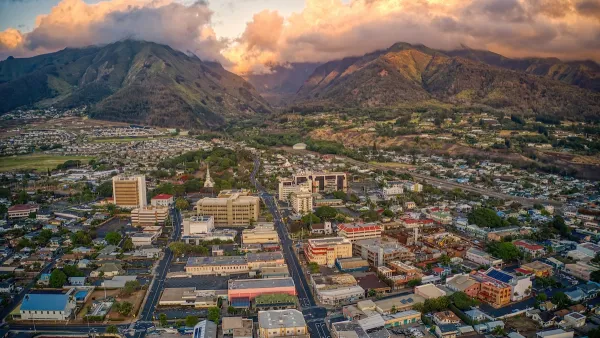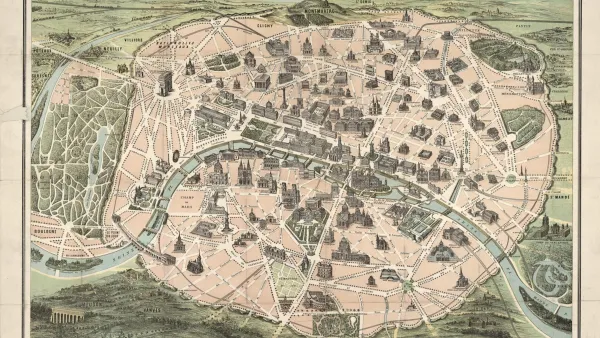Virtual reality is still more virtual than real, but new technologies may soon change that.
"Typically, a user steps inside an eight-foot chamber, surrounded on all sides (sometimes including floor and ceiling) by video screens. Wearing 3-D glasses and gripping a joystick, the user navigates through a virtual world, such as the interior of a blood vessel or pre-Vesuvian Pompeii. But moving around with a joystick hardly mimics realitynor does banging into a laboratory wall while strolling across a virtual open field. Also, because movement through the virtual world is not directly correlated with the user's body movement, it's easy for someone to lose track of their navigational path, essentially getting "lost" in the virtual world. And that's where locomotion interface comes in.The Treadport that Hollerbach and his team are developing is a virtual reality cave in which the user controls the flow of imagery by moving on a treadmill. 'There's a physical cost to moving,' says Hollerbach. 'The ability to walk or run makes the whole thing far more natural.'"
Thanks to Technology Review Editor
FULL STORY: Keeping It Real

Maui's Vacation Rental Debate Turns Ugly
Verbal attacks, misinformation campaigns and fistfights plague a high-stakes debate to convert thousands of vacation rentals into long-term housing.

Planetizen Federal Action Tracker
A weekly monitor of how Trump’s orders and actions are impacting planners and planning in America.

In Urban Planning, AI Prompting Could be the New Design Thinking
Creativity has long been key to great urban design. What if we see AI as our new creative partner?

Massachusetts Budget Helps Close MBTA Budget Gap
The budget signed by Gov. Maura Healey includes $470 million in MBTA funding for the next fiscal year.

Milwaukee Launches Vision Zero Plan
Seven years after the city signed its Complete Streets Policy, the city is doubling down on its efforts to eliminate traffic deaths.

Portland Raises Parking Fees to Pay for Street Maintenance
The city is struggling to bridge a massive budget gap at the Bureau of Transportation, which largely depleted its reserves during the Civd-19 pandemic.
Urban Design for Planners 1: Software Tools
This six-course series explores essential urban design concepts using open source software and equips planners with the tools they need to participate fully in the urban design process.
Planning for Universal Design
Learn the tools for implementing Universal Design in planning regulations.
Gallatin County Department of Planning & Community Development
Heyer Gruel & Associates PA
JM Goldson LLC
City of Camden Redevelopment Agency
City of Astoria
Transportation Research & Education Center (TREC) at Portland State University
Jefferson Parish Government
Camden Redevelopment Agency
City of Claremont


























